Ocean waves hide a quiet revolution. For decades, researchers have watched wild dolphins do something startlingly familiar: they learn from one another, pass skills to their young, and build local traditions that look a lot like culture. The puzzle has shifted from asking whether dolphins have culture to mapping how it spreads, changes, and sometimes disappears. New tools – from aerial drones to on-animal sensors – now reveal behaviors that were once rumors on the wind. The more we see, the more the ocean reads like a living library.
The Hidden Clues
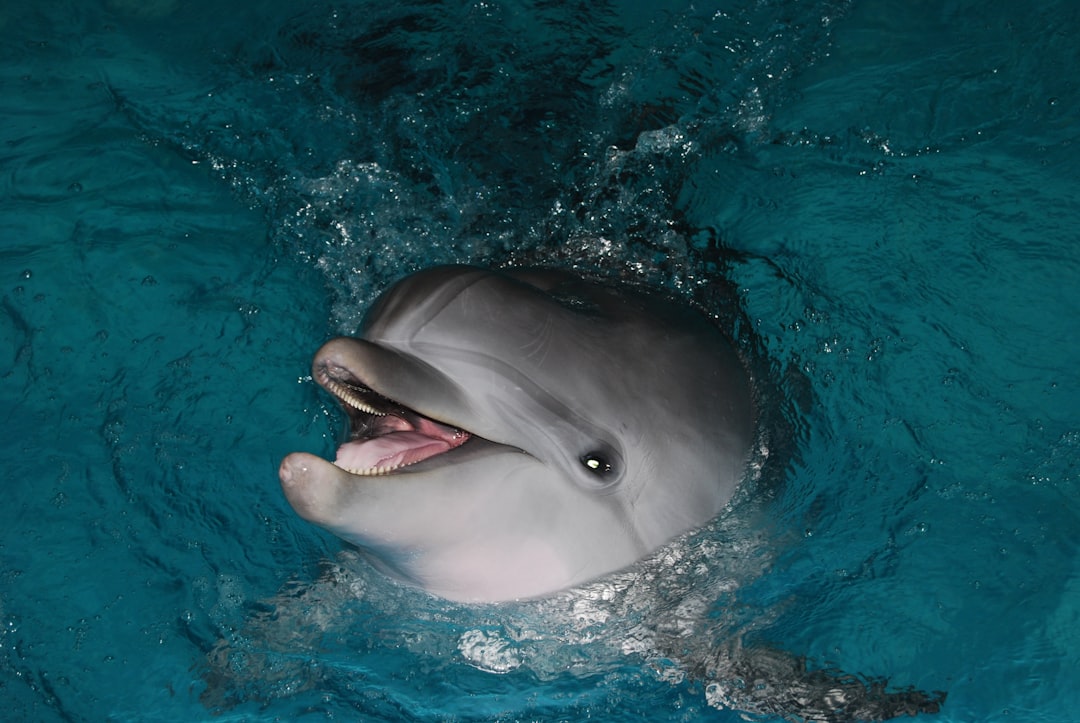
What if a sponge held the story of a family? In Western Australia, certain dolphins carry marine sponges on their snouts to protect their skin while probing the seafloor for hidden fish, a skill that young dolphins pick up by shadowing experienced relatives. Elsewhere, dolphins corkscrew into shallow flats and whip up rings of mud, then dash through the collapsing wall to catch startled prey – a tactic that spreads fastest among close associates. These aren’t random stunts; they are regional signatures, the marine equivalent of a hometown recipe. When the same behaviors persist year after year, and the learners are linked by kin or friendship, culture becomes the simplest explanation.
I first felt this in my bones watching a pod arc through green water off Florida, calves tight to their mothers like commas in a sentence. There was no instruction manual bobbing at the surface, only careful choreography and patient repetition. That’s the heart of the mystery: knowledge moving across bodies, buoyed by relationships, stitched by time.
Voices in Water: The Language Within Whistles and Clicks
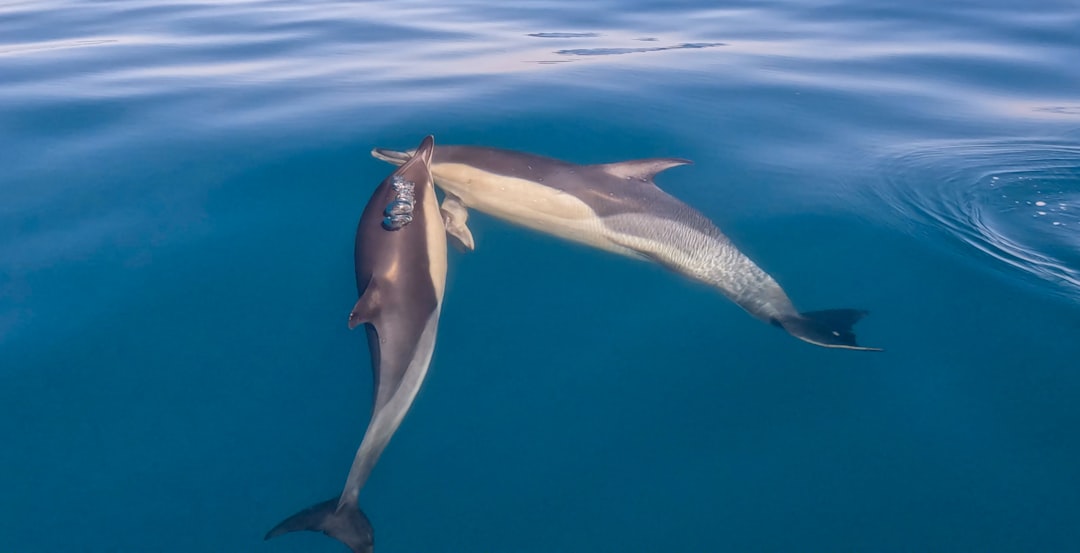
Dolphins live inside a city of sound. Each individual develops a distinctive whistle that functions like a vocal label, and companions can pick out that signature across noisy seas and long separations. These labels, along with click trains and burst-pulsed calls, create a toolkit for identity, coordination, and negotiation.
Youngsters learn the acoustic rules by immersion, imitating contours and timing in a way that echoes how children master syllables. Social bonds tune the signal: allies sometimes nudge their whistles toward one another, a sonic handshake that reinforces trust. Layer in echolocation – sound used to “see” – and you get a dual channel for sharing space, intentions, and opportunities to learn new tricks.
From Ancient Tools to Modern Science
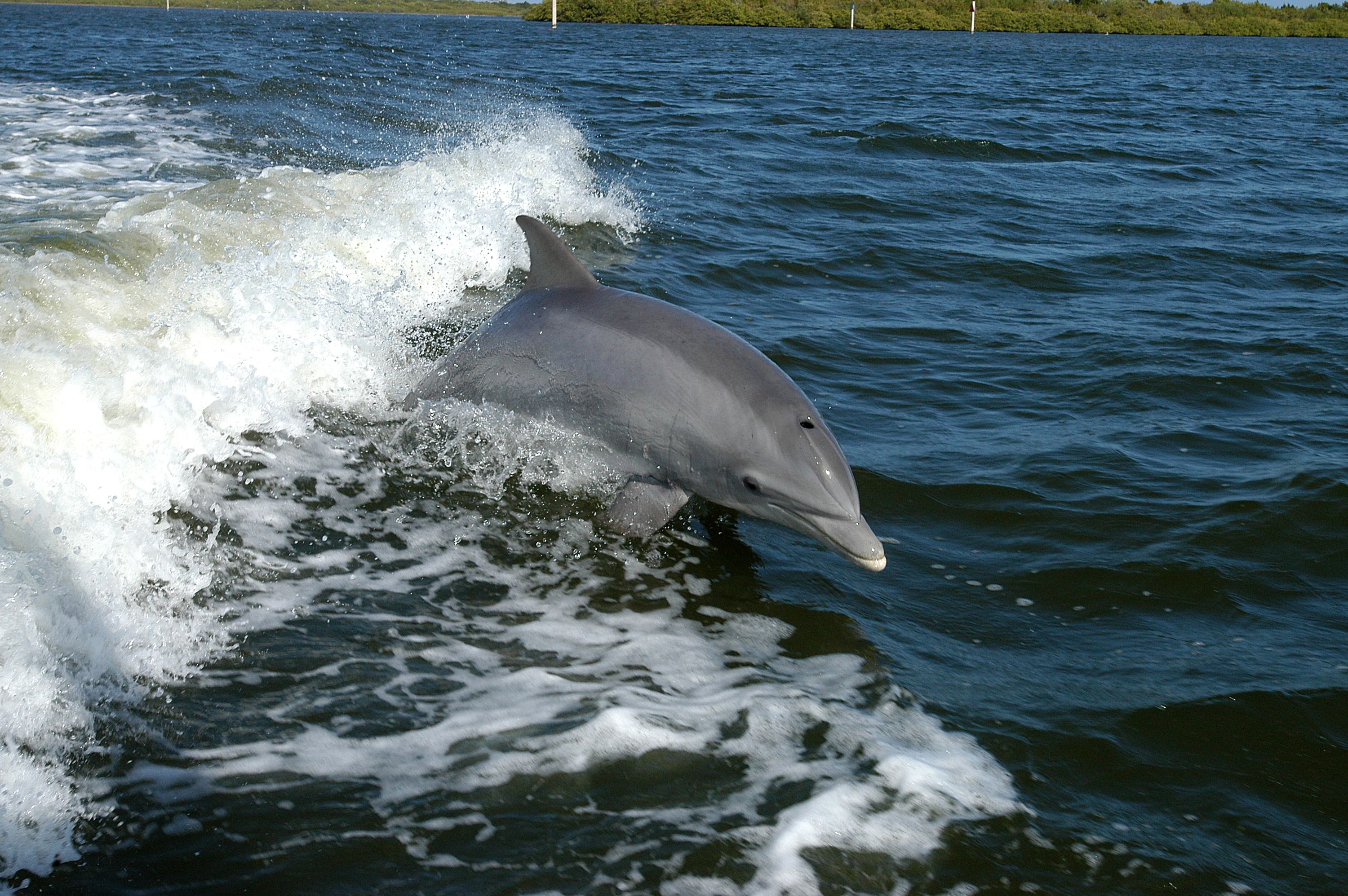
Some foraging traditions endure for , but our understanding of them is new. Biologging tags now record a dolphin’s every twist and breath, connecting specific sounds to specific movements. Drones map how tightly groups move when a novel behavior appears, revealing the social pathways along which innovation flows. Genetic analyses add a crucial control: when closely related dolphins split in behavior despite similar genes and habitats, culture becomes the likely driver.
Researchers also analyze years of observation with social network models that look a bit like friendship maps. These reveal that learners tend to copy high-knowledge individuals, especially mothers or trusted partners, rather than the most aggressive or dominant animals. Method by method, the picture sharpens: culture rides the currents of relationship, not just raw instinct.
Family Lessons and Innovation in the Pod
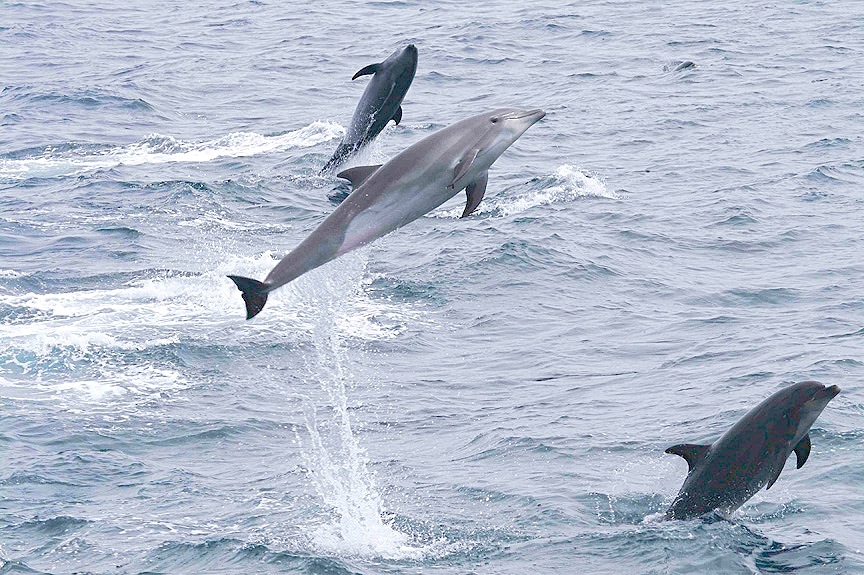
Childhood in a dolphin pod is a rolling apprenticeship. Mothers set the pace of travel, offer prime hunting spots, and sometimes slow down or circle back to give calves safer practice time. Calves watch, fail, retry, and eventually stitch a new behavior into their daily routine. Among adults, tight-knit alliances – especially in some male bottlenose societies – act like training guilds where strategies are honed and shared.
Innovation sprouts from play and spreads through proximity. One dolphin experiments with a tool or tactic; friends notice and copy; the behavior either sticks or fades. Some fads blaze briefly, like a dance craze, while others – sponging, mud-ring hunting, or clever use of shells to flush prey – become reliable traditions. Culture here isn’t just what is learned; it’s what persists because it’s useful and socially supported.
Global Perspectives
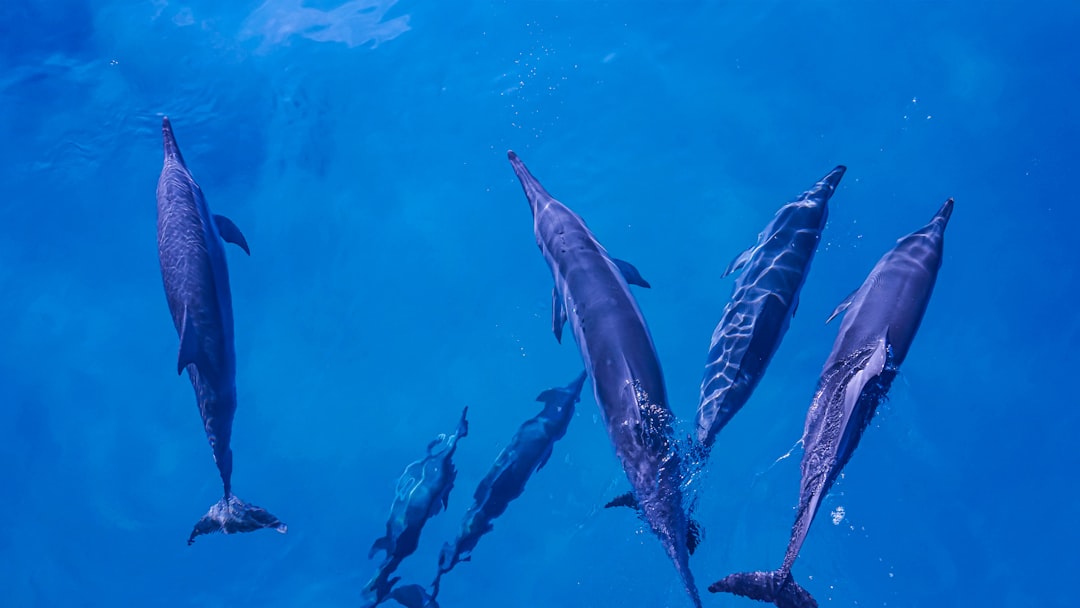
Culture in dolphins is not a single script but a patchwork atlas. In Western Australia’s Shark Bay, tool use with sponges carved a distinct foraging niche, learned primarily along maternal lines. In the U.S. Southeast, groups coordinate to strand fish onto sloping banks, then slide up to snatch their prize – an astonishing tactic that requires precision and trust. Along parts of Brazil’s coast, wild dolphins and fishers time their moves together, a cross-species partnership passed down on both sides of the water.
Travel farther and you’ll encounter new local specialties, from cooperative herding to region-specific acoustic styles. Each hotspot tells its own story about environmental pressures, prey types, and social scaffolding. The take-home is simple and profound: protect the place, and you protect the practice; lose the place, and the knowledge unravels with it.
Why It Matters
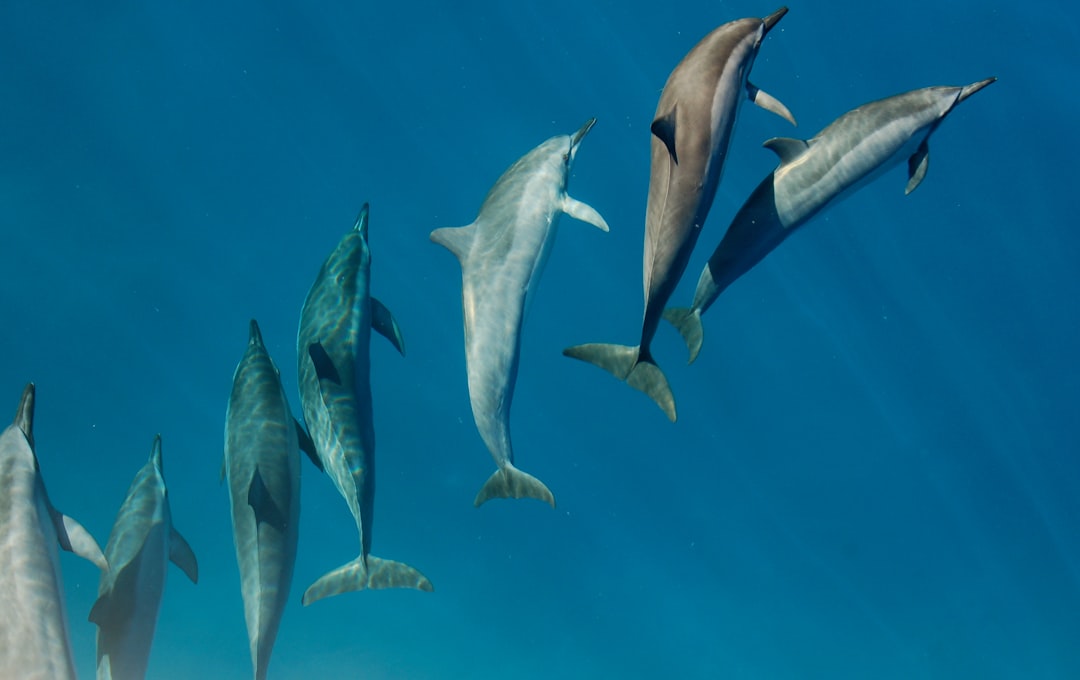
Culture changes how we value wild populations. It’s not just about counting dolphin bodies; it’s about safeguarding communities that carry unique toolkits for surviving their patch of ocean. Management plans that ignore behavior risk preserving animals while erasing their ways of life. That’s like saving a library after the books have burned.
There’s also a mirror for us. Human culture thrives on teaching, trust, and time – exactly the ingredients we see in dolphin societies. When a mother adjusts her hunt so a calf can learn, we glimpse the evolutionary roots of our own classrooms and kitchens. Understanding this doesn’t dilute human uniqueness; it clarifies that intelligence is a braided river with many channels.
The Future Landscape
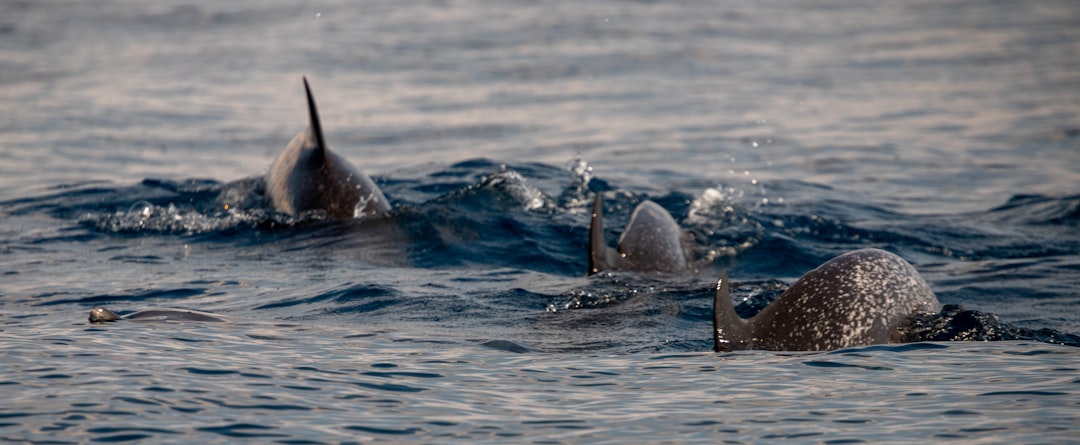
Next-generation tools are poised to map culture in real time. Long-lived acoustic stations can track the birth of a behavior and its spread across neighborhoods, while improved tags link specific sounds to micro-movements and heart rates. Machine learning may soon sort overlapping calls and identify who “taught” whom, yielding family trees of knowledge, not just of genes.
But the ocean’s syllabus is under pressure. Noise from shipping, disappearing seagrass beds, and shifting prey fields can sever the social threads that sustain learning. The most promising conservation frontier is cultural: protect key teaching grounds, de-noise travel corridors, and treat culturally distinct groups as irreplaceable. If we keep the classrooms intact, the lessons can endure.
Conclusion: Small Steps, Big Ripples
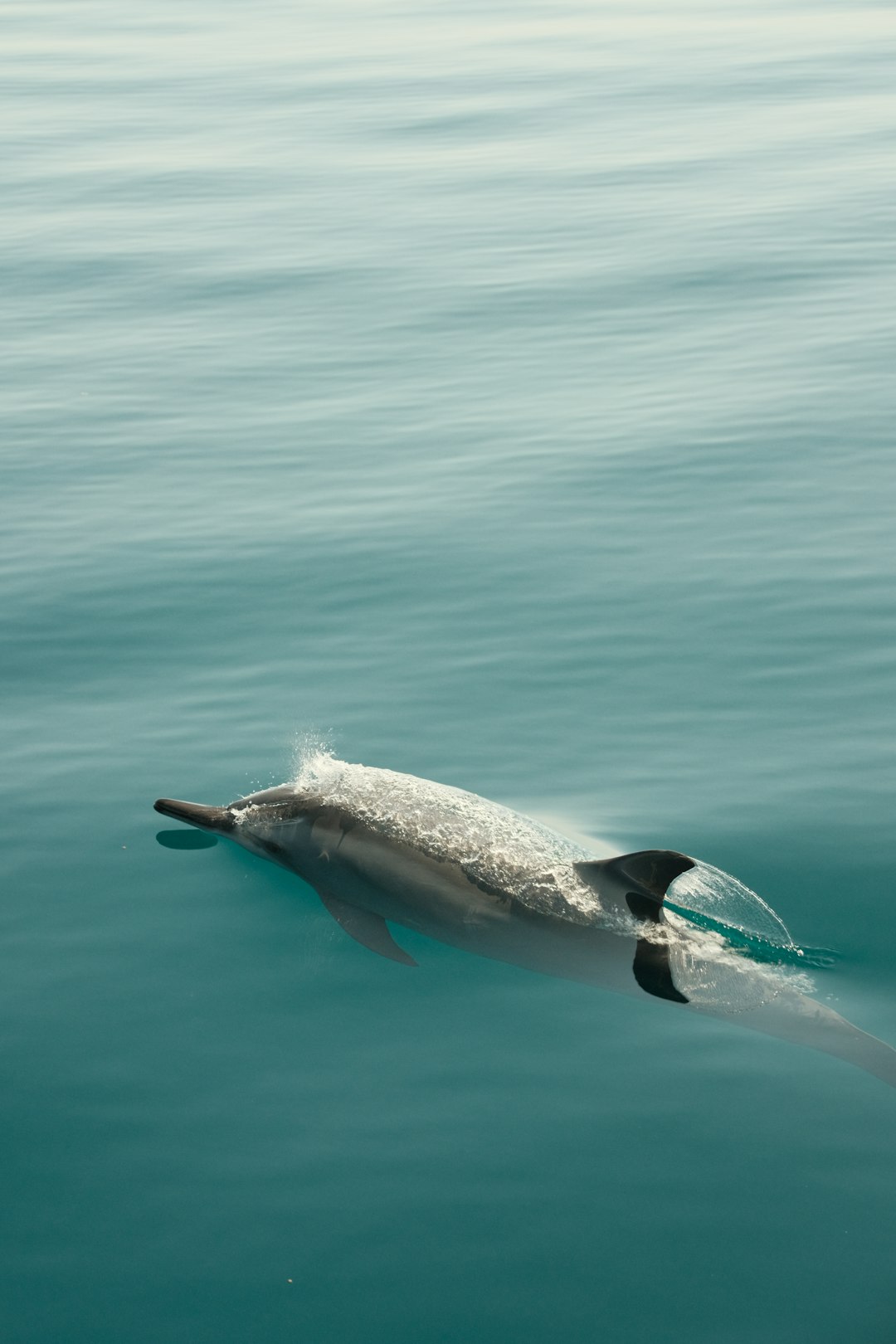
Culture survives when conditions allow animals to meet, practice, and pass it on. Support marine protected areas that safeguard shallow flats, seagrass meadows, and coastal banks where teaching and foraging happen shoulder to shoulder. Choose seafood from fisheries that avoid harmful bycatch and reduce net entanglement risks, making it easier for pods to stay intact. Back efforts to quiet busy shipping lanes, from slower transit speeds to better propeller designs, because quieter seas improve every conversation underwater.
You can also fuel the science itself. Participate in community sighting programs, advocate for funding that puts long-term monitoring back on the water, and share stories that move policy beyond headcounts to cultures worth keeping. The ocean remembers what we make possible – will we help these lessons reach the next generation?

Suhail Ahmed is a passionate digital professional and nature enthusiast with over 8 years of experience in content strategy, SEO, web development, and digital operations. Alongside his freelance journey, Suhail actively contributes to nature and wildlife platforms like Discover Wildlife, where he channels his curiosity for the planet into engaging, educational storytelling.
With a strong background in managing digital ecosystems — from ecommerce stores and WordPress websites to social media and automation — Suhail merges technical precision with creative insight. His content reflects a rare balance: SEO-friendly yet deeply human, data-informed yet emotionally resonant.
Driven by a love for discovery and storytelling, Suhail believes in using digital platforms to amplify causes that matter — especially those protecting Earth’s biodiversity and inspiring sustainable living. Whether he’s managing online projects or crafting wildlife content, his goal remains the same: to inform, inspire, and leave a positive digital footprint.




